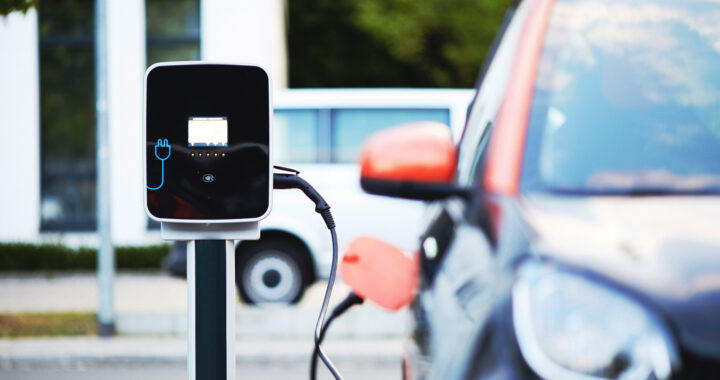The global demand for lithium-ion batteries is rising rapidly because of the growing demand for electric vehicles, renewable energy storage, and consumer electronics. Forecasts indicate that the lithium-ion battery market could expand to 87.5 billion dollars by 2027, with lithium consumption quadrupling from 2020 to 2026, straining supply chains significantly.
Recycling Lithium Batteries Could Unlock Billions from Spent Lithium-Ion Batteries and Reduce Pollution From Lithium Mining Activities
Background
A research team from Edith Cowan University conducted a systematic review methodology. They carefully analyze existing scientific literature, technical reports, and industrial data on lithium recovery from both spent lithium-ion batteries and spodumene ore. They compared economic viability, environmental impacts, and technological readiness across various methods.
Special attention was directed toward hydrometallurgical recycling. This demonstrated high purity yields, reduced energy requirements, and strong potential profitability compared with conventional mining processes. Other recycling technologies were also included. These include pyrometallurgy or smelting at high temperatures and direct recycling or re-lithiation.
The researchers also pulled data across many studies to establish a benchmark about the benefits of recycling over raw material extraction and production. The data showed that mining one ton of lithium can release nearly 37 tons of carbon dioxide, while recycling cuts carbon emissions by 61 percent. Recycling also uses 83 percent less energy and 79 percent less water.
Findings
Key findings showed the economic potential, environmental benefits, and technological readiness of lithium-ion battery recycling. These findings demonstrate how recycling can transform waste into valuable resources while addressing sustainability challenges and reducing dependence on environmentally intensive mining operations. Take note of the following:
• Residual Capacity: Many retired electric vehicle batteries retain about 80 percent of their storage capacity. They also contain significant quantities of lithium, nickel, and cobalt that can be recovered and reintroduced into supply chains.
• Carbon Emissions: Recycling lithium reduces carbon dioxide emissions by 61 percent compared with mining. Mining can release as much as 37 tons of carbon dioxide for every ton of lithium extracted from spodumene ore.
• Energy and Water Savings: Recycling requires 83 percent less energy and 79 percent less water than mining. These savings reduce strain on ecosystems while offering a more sustainable pathway for supplying critical raw materials.
• Purity and Probability: Hydrometallurgical recycling methods produce lithium with 99 percent purity and demonstrate profitability of up to USD 20.00 per kilogram. This makes them a competitive alternative to conventional extraction processes.
• Economic Potential: Australia could generate 137,000 tons of lithium-ion battery waste each year by 2035. This represents a recycling industry that could be valued between USD 603 million and USD 3.1 billion each year.
Implications
The researchers acknowledge that recycling cannot fully replace mining in the near term because of the pace of growing demand. They noted that it should be considered as an essential supplement to mining and lithium production that can reduce environmental impacts, enhance resource efficiency, and ensure supply security for critical energy technologies worldwide.
Note that the study also points to second-life applications. Retired electric vehicle batteries can serve in less demanding roles, such as stationary energy storage, before final recycling. This practice extends battery value, improves overall economics, and creates additional sustainability benefits by delaying entry into the waste and recycling stream.
Issues persist. Regulations remain behind the phase of technological development. Evolving battery chemistries complicate standardization. Infrastructure for collection, safe transport, and large-scale processing is underdeveloped. Stronger industry coordination and government support are required to ensure and maximize economic and environmental gains.
FURTHER READING AND REFERENCE
- Ali, A., Afrin, S., Asif, A. H., Arafat, Y., and Azhar, M. R. 2025. “A Comprehensive Review on the Recovery of Lithium from Lithium-Ion Batteries and Spodumene.” Journal of Environmental Management. 391: 126512. DOI: 1016/j.jenvman.2025.126512
